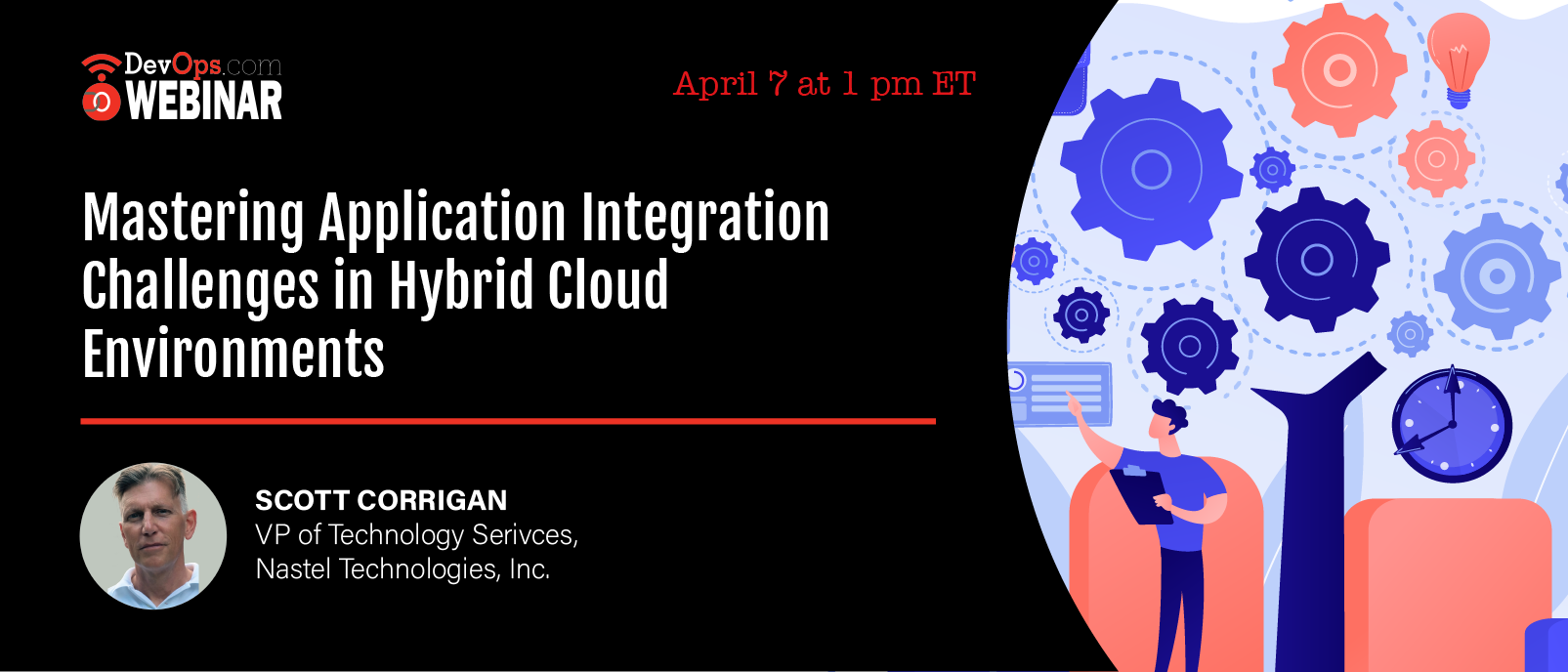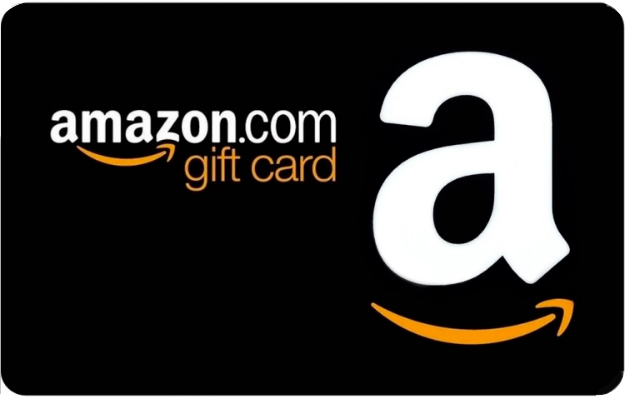Mastering Application Integration Challenges in Hybrid Cloud Environments
Webinar
Think About Your Audience Before Choosing a Webinar Title

Sponsored by RED HAT Marketplace
Wednesday, April 7, 2021
1 p.m. ET
What You’ll Learn in This Webinar
Many enterprises are adopting OpenShift in their journey to building and running containerized workloads in on-premise, cloud-based or hybrid environments. These initiatives leverage multiple application integration technologies, such as IBM MQ, Apache Kafka or Tibco EMS.
But managing application integration in hybrid cloud environments introduces multiple challenges:
- Need a single point of control for multiple middleware
- Need to grant self-service and delegated authority to development teams
- Need to enable developers to test application message flows
- Need to address middleware upgrades & migrations
In this webinar, we’ll show you how Nastel Navigator can be used in the OpenShift environment to address these challenges:
- Automated discovery of middleware estate
- Simplified configuration management
- Full audit trail of changes (who, what, where, when)
- Secure, granular delegation of specific authorities to development and operations teams
- Full web-based command & control
Scott Corrigan
VP of Technology Serivces - Nastel Technologies, Inc.
As Vice President of Technology Services, Scott Corrigan manages Nastel’s technology related activities in the field, including sales engineering and services delivery. In his role, Scott leads a worldwide team that supports customers, sales and partners. With over 20 years of experience in the IT industry, Scott has architected software solutions and managed deployments to enable a large number of corporate customers to succeed in their business objectives.







